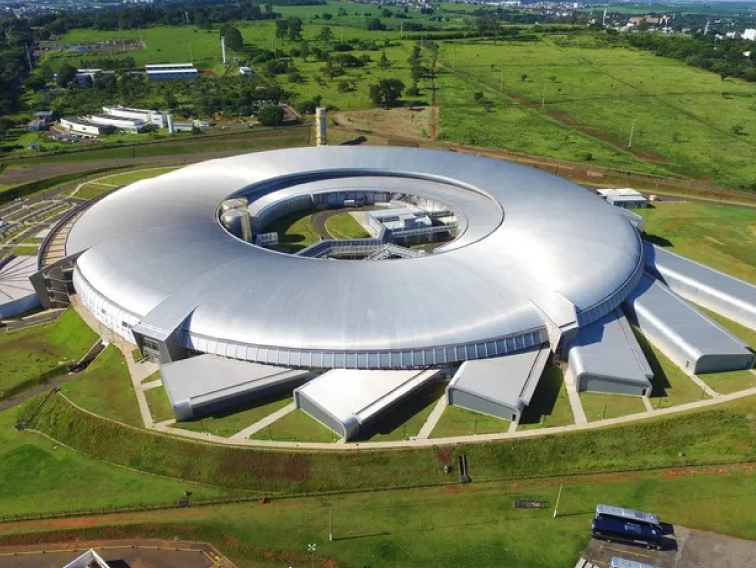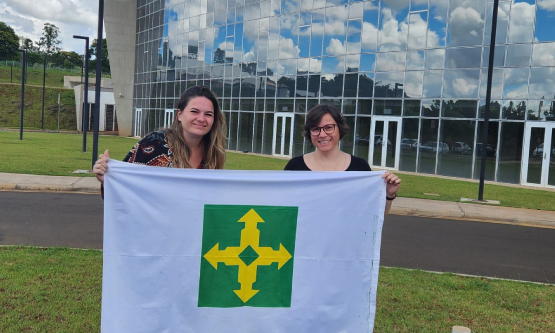Two teachers from the district network participated this week in the Sirius School for Secondary School Educators (ESPEM). The event, which takes place in Campinas (SP), is organized by the National Center for Research in Energy and Materials (CNPEM), a social organization supervised by the Ministry of Science, Technology and Innovation (MCTI), in partnership with the Brazilian government. Society for Physics (SBF). ESPEM targets teachers of physics, chemistry and biology working in secondary schools in public or private education networks – and in 2024, teachers from Latin America and the Caribbean also participated in the event.
Eloisa Baldo (left in photo), who until last year was a temporary chemistry teacher at Cemab, and Alessandra Martino (right in photo), biology teacher at CED 104 in Recanto das Emas, participate in a full week of scientific immersion, with theory and practical classes , taught by CNPEM specialists, and guest lectures from the fields of education and science.
The main aim of the school is to encourage teachers to bring ideas from modern science into the classrooms in which they work. There are visits to CNPEM units, including Sirius. Teachers are introduced to research and developments in the fields of synchrotron light, bioscience, nanotechnology, biorenewable energy, and engineering, as well as the higher education course in science, technology and innovation at Ilum Escola de Ciência.
ESPEM is a space for discussions among teachers and promotes the exchange of experiences between colleagues from all over Brazil and other countries in Latin America.

Opened in 2018, the 68,000 square meter particle accelerator is the largest and most complex research infrastructure ever built in Brazil, which promises to enable national studies of unprecedented quality in the world.
This enormous machine can reveal details of the structures of atoms. Sirius accelerates electrons at close to the speed of light, on a path where they all travel in the same direction without colliding with each other.
To make the curves, powerful magnets called dipoles are used. Every time the dipole force comes into effect, electrons are transformed into light. The light produced by this process is synchrotron light, which is very bright and passes through visible, ultraviolet, infrared, and especially X-rays. This is the great tool for studying atoms, the main particle that researchers are looking for.
ESPEM received more than 300 applications from professors, of which 60 were selected, who provided information about their academic training, participation in conferences, publication of works, etc.
“After this session, we will announce the presence of Sirius to the rest of the country, and we will have another point of view on pedagogical practices as well,” celebrates Eloisa who, together with Alessandra, have become ESPEM ambassadors in DF.
“I consider scientific publishing important for both our students and our colleagues. Espem provides us with new knowledge, experiences and exchanges with colleagues from other countries, and this motivates us to promote pedagogical strategies that suit the student’s experience,” says Alessandra.

“Hardcore beer fanatic. Falls down a lot. Professional coffee fan. Music ninja.”






More Stories
The law allows children and adolescents to visit parents in the hospital.
Scientists pave the way for the emergence of a new element in the periodic table | World and Science
Can dengue cause hair loss? Expert explains how the disease affects hair